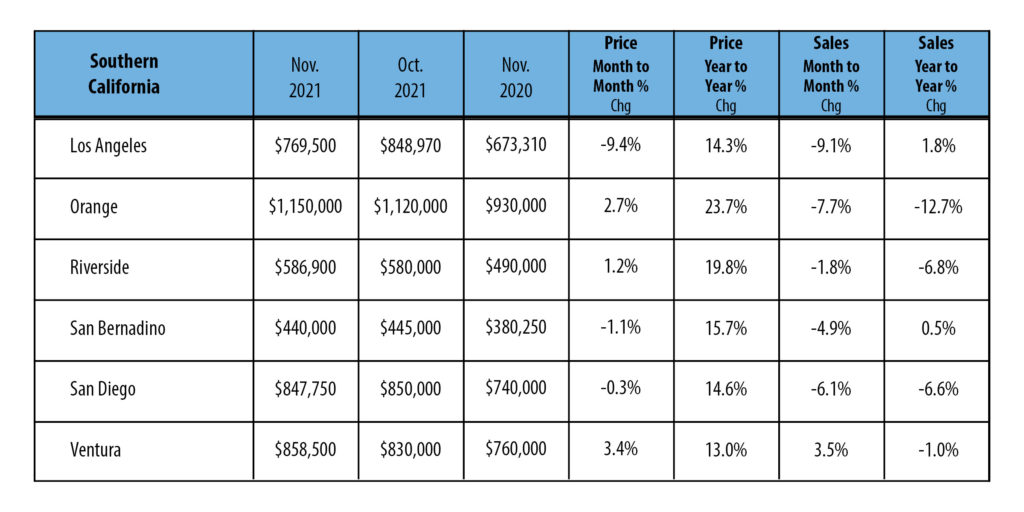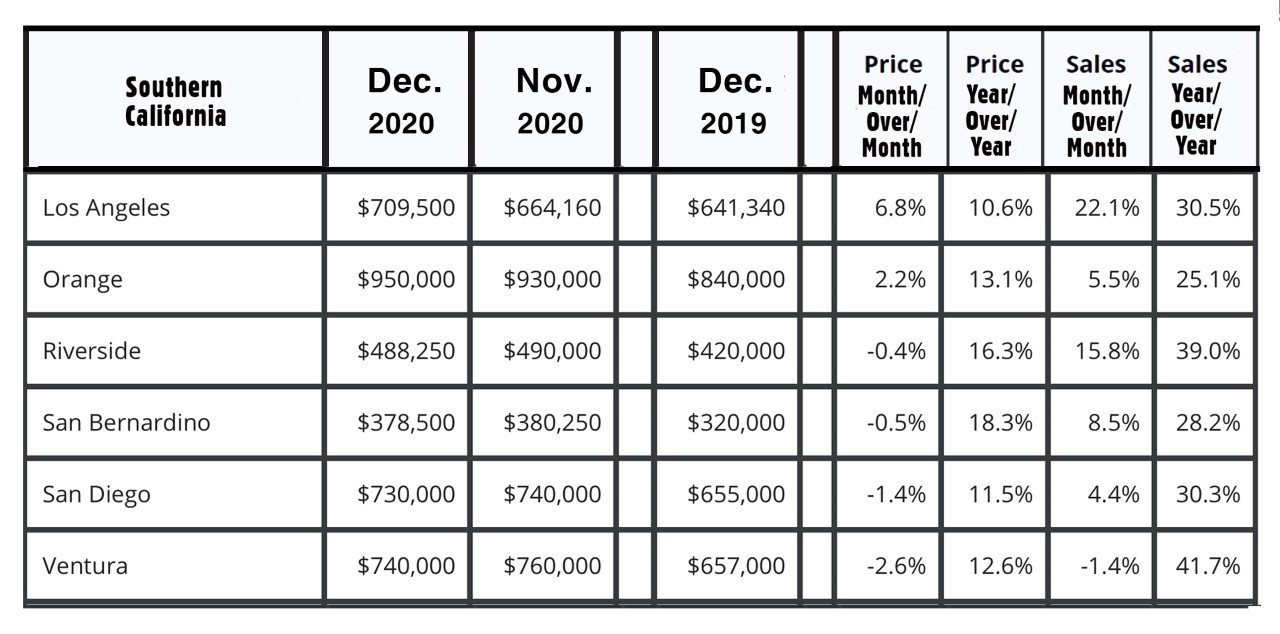Stock Markets – The Dow and S&P closed the week higher while the tech-heavy Nasdaq closed sharply lower. Corporate profits have been strong and it seems like the market has priced in higher interest rates. We are not seeing the volatility that we saw in early January. Technology has been a different story and investors have pulled back on the sector in fear that evaluations hit an unrealistic level. A stellar jobs report on Friday was also a mixed bag. It confirmed to investors that the economy was very strong. Despite a surge in COVID cases in January the job gains that month show that the economy is also resilient. On the flip side, with the economy so strong the chance of the Fed raising interest rates quicker and higher becomes greater. Bond yields and mortgage rates rose sharply following the release of the jobs data. The Dow Jones Industrial Average closed the week at 35,089.74, up 1.0% from 34,725.47 last week. It is down 3.4% year to date. The S&P 500 closed the week at 4,500.94, up 1.6% from 4,431.94 last week. The S&P is down 5.6% year to date. The NASDAQ closed the week at 14,098.01, down 2.5% from 14,454.61 last week. It is down 9.9% year to date.
U.S. Treasury bond yields – The 10-year treasury bond closed the week yielding 1.92%, up from 1.78% last week. The 30-year treasury bond yield ended the week at 2.23%, up from 2.07% last week. We watch bond yields because mortgage rates often follow treasury bond yields.
Mortgage rates – The February 3, 2022 Freddie Mac Primary Mortgage Survey reported that mortgage rates for the most popular loan products were as follows: The 30-year fixed mortgage rate was 3.55%, unchanged from 3.55% last week. The 15-year fixed was 2.77%, down slightly from 2.80% last week. The 5-year ARM was 2.71%, almost unchanged from 2.70% last week. Unfortunately, after the release of the jobs report rates increased on Friday. Next week’s rates will be higher.
U.S. employers added 467,000 new jobs in January – The Department of Labor and Statics reported that 467,000 new jobs were added in January. Economists surveyed had expected a very small increase and possibly a decrease in jobs due to the COVID surge, so this was considered a substantial spike in new jobs. The November and December new jobs numbers were also revised higher. The Labor Department has now revised the job growth in 2021 to 6.7 million new jobs added, an all-time record. The unemployment rate increased slightly to 4% in January, up from 3.9% in December, as more workers entered the workforce. The labor-force participation rate (the share of workers with a job or actively looking for a job) rose to 62.2% in January from 61.9% in December. It remains below the 63.6% level before the pandemic but finally seems to be moving up. Average hourly wages increased to $31.63 per hour, a year-over-year increase of 5.7%.




